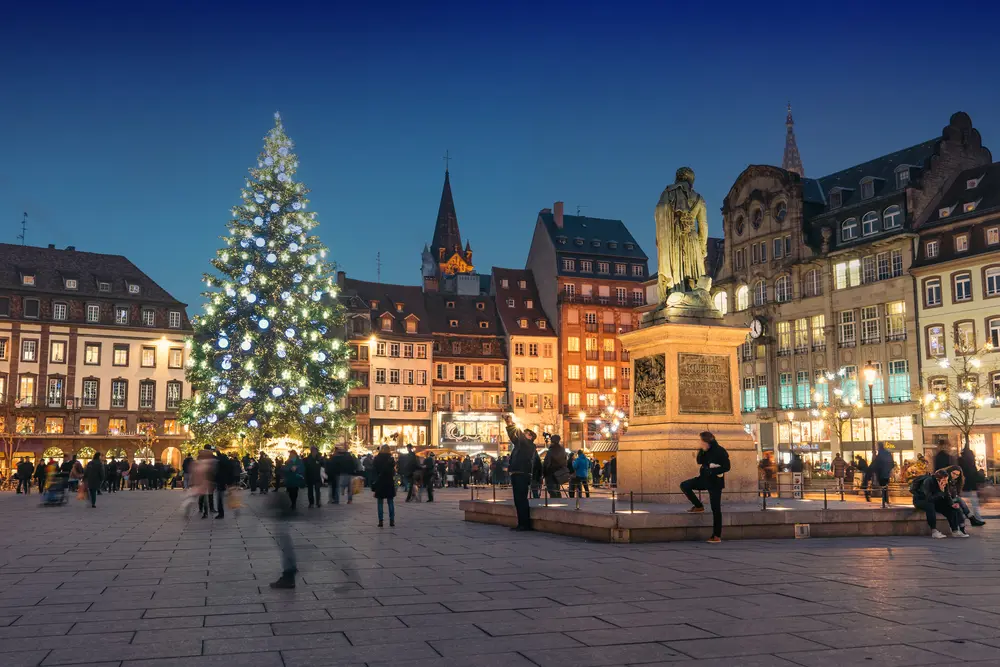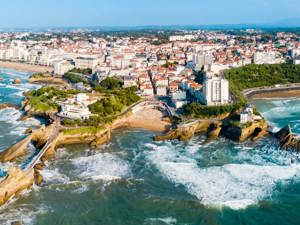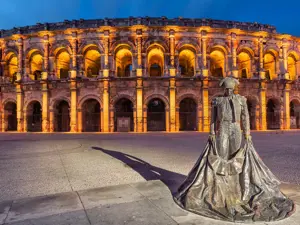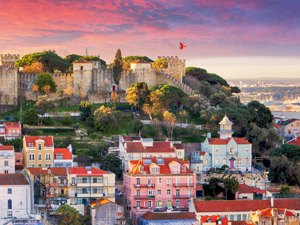
In 1988, the rich historical and cultural heritage of Strasbourg earned the city the title of UNESCO World Heritage site for the entire old town centre of Grand-Ile, a one-of-a-kind place, dotted with artistic buildings and connected to the rest of the city by 21 characteristic bridges and walkways.





Photos: Sisterscom.com, Shutterstock
All rights reserved. Copyright © Sisterscom.com
Photo: Sisterscom.com, Shutterstock
Strasbourg is a welcoming city and offers different possibilities for accommodation.
To find the ideal hotel and the best offers you can do a search for the stars but also for districts or landmarks.

The Cathedral offers a richly decorated main façade with gables over three doors depicting the life of Jesus and the Last Judgement. Inside the Cathedral features an imposing nave inspired by the Church of St. Denis, with extraordinary windows by the masters of Strasbourg. A curious fact: at 12.30 pm each day in the south transept, a series of automata of the astronomical clock start to move.



Inaugurated in 1988, this is one of focal points of cultural activities in Strasbourg. It has a spectacular architectural layout with a central glass-covered walkway designed by the architect Adrien Fainsilber, and houses works by Monet, Picasso, Doré, Kandinsky, as well as masters of Surrealism such as Ernst, Masson, Brauner and others, along a tour that explores the great changes in art of the twentieth century.
www.musees.strasbourg.eu
Closely linked to the construction of the cathedral, this was once the administrative headquarters of the construction site and today houses one of the most beautiful collections of medieval and Renaissance sculpture of the whole of France, including valuable statues from the cathedral – which presently displays copies – representing the Church, the Synagogue and the Tempter.
Founded in 1902 to reaffirm regional identity with a view to tackling Germanisation attempts, the museum is housed in three ancient Strasbourg residences. The interior features some 30 rooms, which illustrate the traditional daily life of the region with furniture, paintings, costumes and toys.
This is an unusual museum located in a late eighteenth-century construction, recognised as a historic building. In 1928 it became a fashionable entertainment centre. It features the ciné-dancing room and a room for parties, and was decorated applying the theories of the modernist ‘De Stijl’ movement, which was in vogue at the time.
Open in 2005, this museum invites children from 3 years old upwards to discover science in a playful, fun way, from the origins of life to the principle of physics.
Situated inside a water tank, this unusual museum offers an interesting collection of voodoo objects from Western Africa.

This spectacular green oasis is located in the heart of the city. It houses some 6,000 species of plants from all over the world. It is part of the University of Strasburg and still maintains its original appearance when it was conceived in 1884.

This is a great universe in the heart of the city, with breathtaking images that reveal the wonders of the stars and where each month night sessions to observe the stars are proposed to the public.

Don’t miss a visit to the futuristic architecture of the European Parliament, which consists of a solemn semi-circle and is also open to visitors. The equally monumental building housing the Court of Human Rights is also well worth visiting.





































